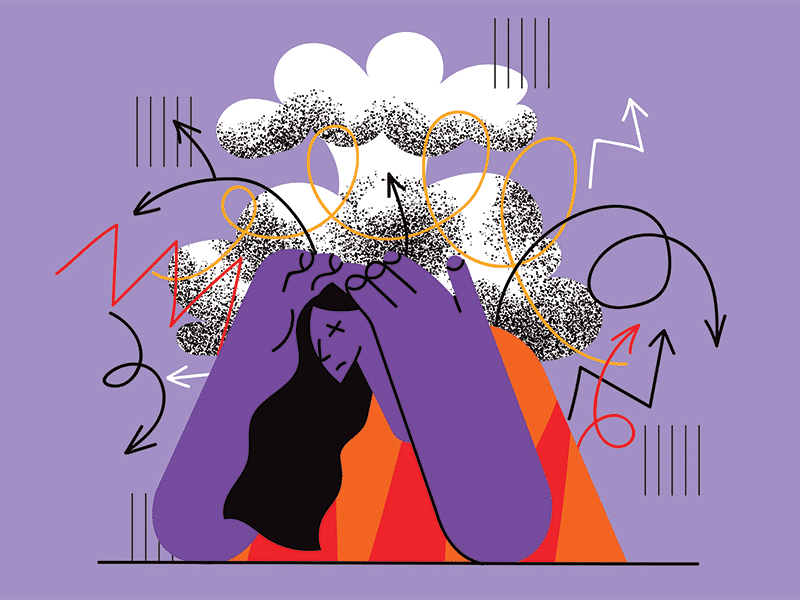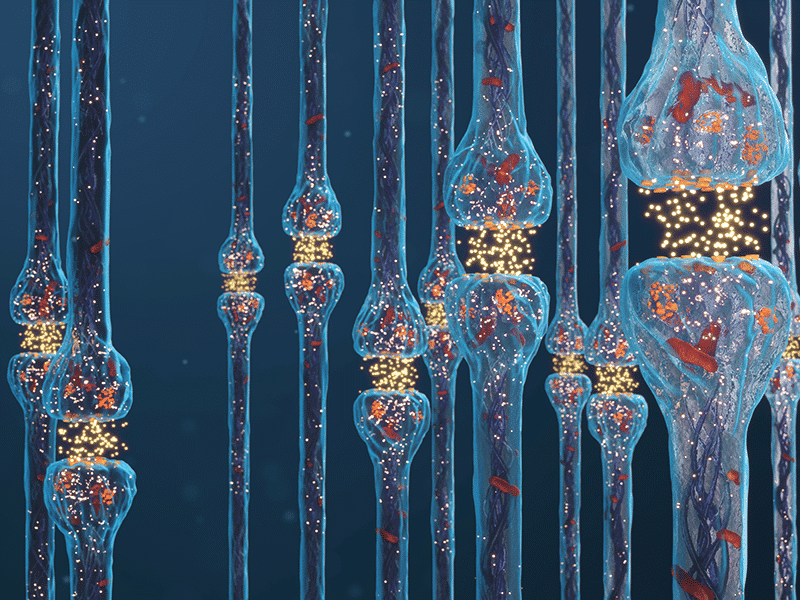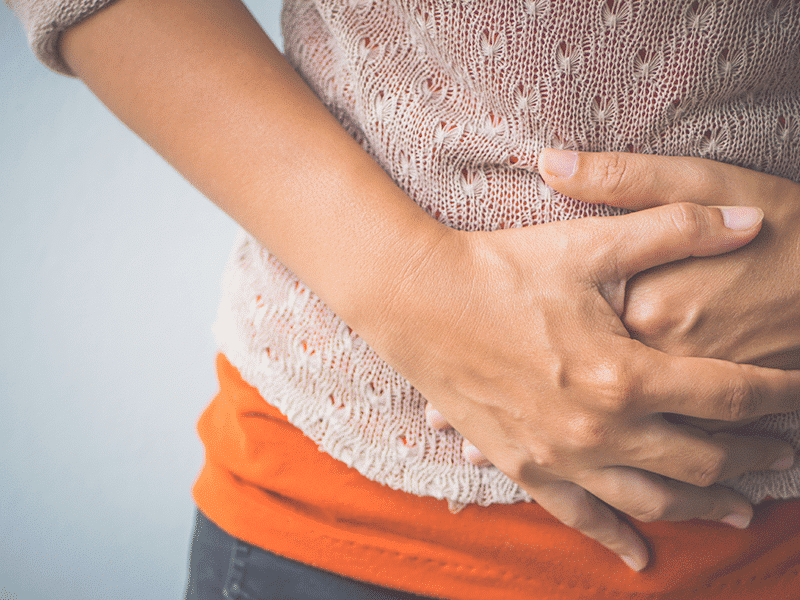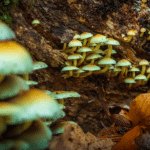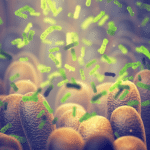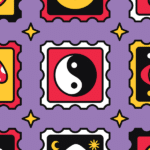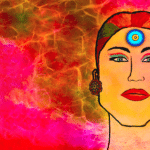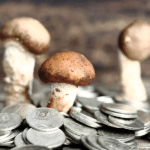Phantom limb pain isn’t the only form of chronic pain being rigorously investigated for treatment with psychedelic drugs. Researchers at Yale University recently published the first controlled study of a psychedelic in headache disorders, in which they described how psilocybin reduced headache frequency significantly better than placebo among 10 migraine sufferers.
The same team is now close to completing two additional studies on psilocybin and chronic headache: one focusing on cluster headaches, sometimes referred to as “suicide headaches” due to their persistent, severe nature; and the other on post-traumatic or post-concussion headaches, which develop after head injury and often assume migraine characteristics.
Despite the many treatment options available, migraine continues to be a top cause of disability worldwide, says Emmanuelle Schindler, a professor of neurology at Yale and lead author of the January 2021 paper on migraines and psilocybin in the journal Neurotherapeutics. Meanwhile few useful treatments exist for cluster headache, and none are FDA-approved for post-traumatic headache.
These conditions aren’t considered curable. Yet what the Yale team seeks is still closer to a cure than a treatment – a promise grounded in case studies and patient reports dating to the early 1990s, when desperate cluster headache patients began to learn, and to share with one another, that taking magic mushrooms offered long-lasting relief.
This may sound like an unprecedented use for psilocybin, but psychedelics and headaches have a long history. “The serotonin 2A receptor is well known to be of therapeutic value in headache disorders,” Schindler says. “When Albert Hoffman first made LSD, he was looking for a compound that would constrict blood vessels. And that class of medicines was used to treat migraines.”
Triptans & Tryptamines
Seven “triptans” are currently approved by the FDA to treat acute headache symptoms. These drugs are sold under a variety of brand names including Maxalt (rizatriptan), Imitrex (sumatriptan), Relpax (eletriptan), Amerge (naratriptan), and Axert (almotriptan). But all belong to a broader class of compounds known as tryptamines. The neurotransmitter serotonin (5-hydroxytryptamine) is also a tryptamine, as are the “classic” serotonergic psychedelics – psilocybin, LSD, DMT, and mescaline.
Triptans do their magic by narrowing blood vessels around the brain. Unlike some of their fellow tryptamines, they are not psychoactive. Nor do they provide preventative or lasting relief. They simply serve to treat pain, nausea, light sensitivity, and other symptoms, one headache at a time.
Yet for more than 25 years, sufferers of cluster headaches have turned to triptans’ illegal counterparts for more persistent benefits. According to a 2012 survey of 496 patients, mushrooms and LSD not only treat pain as it’s happening but can also shorten or abort a cluster period or bring chronic cluster headache into remission, even after infrequent and non-hallucinogenic doses.
Emmanuelle Schindler served as lead author of a 2015 paper in the Journal of Psychoactive Drugs describing the survey and its findings. “While psychedelics are reported to acutely treat pain, what is more remarkable is their reported ability to treat the underlying cause of pain,” she says.
Such long-term outcomes are now the focus of her ongoing research: “Cluster headache, migraine, and post-traumatic headache are neurological disorders; the headache attacks are symptoms of the disorder. We’re studying the effects of psilocybin on the disorder by measuring the change in the number and intensity of headache attacks over time, not the acute effects on a single headache attack.”
A Novel Mechanism
The mechanisms through which psychedelics produce these prolonged improvements are poorly understood. Schindler suggests the neuroendocrine system could play a role, alongside neuroplastic, genetic, and psychological processes. Multiple brain regions may be involved, including the hypothalamus, the brainstem, and the cerebral cortex, she says. And the proven anti-inflammatory properties of these compounds may also be an important factor.
Schindler’s team at Yale isn’t the only one eager to learn more. Other studies recently launched or in progress include:
- a randomized, double-blind trial at University Hospital in Basel, Switzerland, investigating LSD as a treatment for cluster headache in 30 participants;
- a prospective pilot study in Denmark looking at psilocybin as a prophylactic for cluster headache in 20 patients;
- and an exploratory, open-label study at King’s College London, sponsored by the psychedelic pharmaceutical company Beckley Psytech, evaluating the effects of psilocybin on cognition in 12 patients with a chronic headache disorder known as Short-Lasting Unilateral Neuralgiform Headache Attacks (SUNHA).
Finally, Schindler says she’s about to launch her second study on migraines and psilocybin, a follow-up to the one published earlier this year that will evaluate the relative effects of single versus double doses of psilocybin on headache burden and neuroinflammatory markers in 24 patients.
“Even though we still have a long way to go, it’s very exciting what we’ve shown and what patients have reported,” Schindler says. “It does speak to a novel mechanism that nothing else in the headache world can do.”
Part One on Psychedelics & chronic pain – Amazing: Psychedelics & Phantom Limb Pain
Nate Seltenrich, Project CBD contributing writer, is the author of the column Bridging the Gap. An independent science journalist based in the San Francisco Bay Area, he covers a wide range of subjects, including environmental health, neuroscience, and pharmacology. © Copyright, Project CBD. May not be reprinted without permission.
Recommended Readings
Cannabis & Migraine Headaches
Dr. Bonni Goldstein highlights current research on cannabinoid medicine for severe headaches.
Psychedelic Research Targets Systemic Inflammation
Can scientists convert a super-hallucinogen into a wonder drug?
Managing Nausea with Cannabis
CBD and CBDA interact with serotonin receptors to ease nausea and vomiting.


